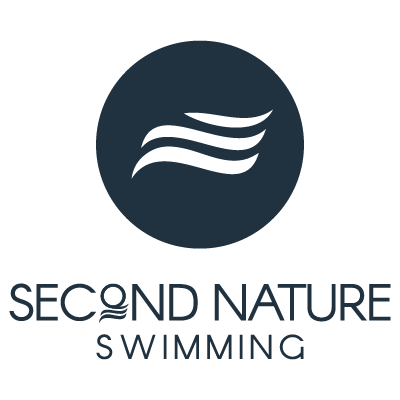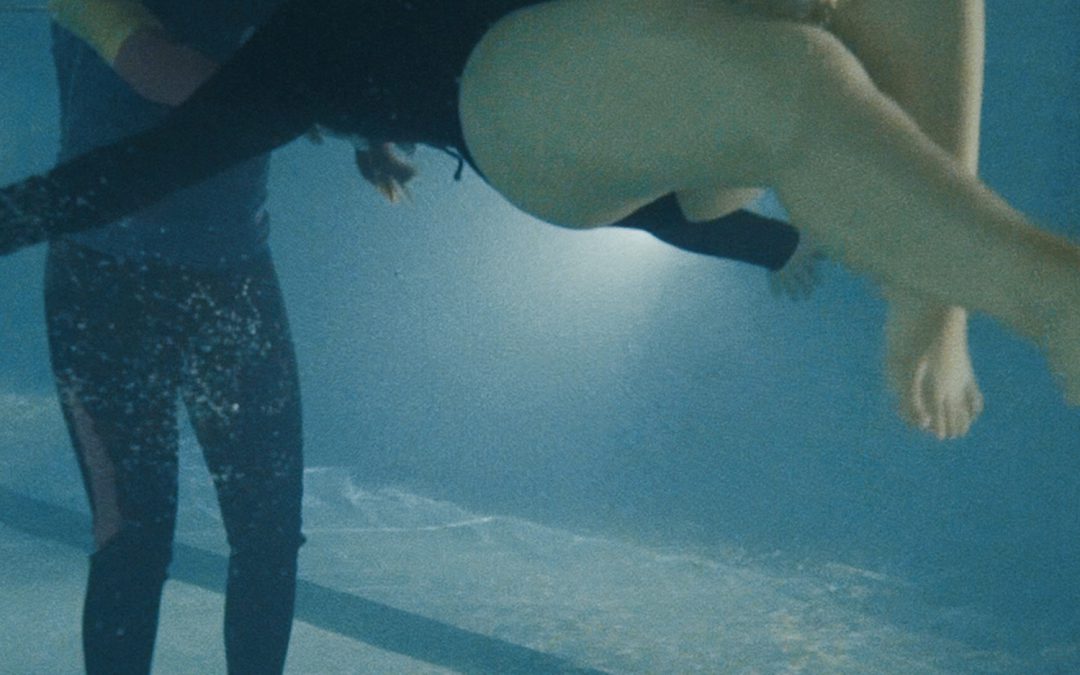Breathing Practice
In class we help you to understand ‘how’ to relax the breathing, and ‘how’ to utilise the best skills and techniques to make it feel effortless.
Practice being familiar with beneath the water surface. Look around, explore, make beneath the water your best friend. Ironically, the more your body is underwater, the more buoyant you are and comfortable you will feel too!
The reason YOU are buoyant, and also massive objects like boats and trees, are buoyant, is because they have air in and are also on top of water that is GREATER in volume. This is WHY you float in deep water and do not sink!
Relaxing your body will help you to effectively use your body to create the right shapes needed for strokes and floating positions. Therefore, if you can train your breathing to be relaxed, then the learn to swim process will be significantly easier.



Buoyancy Practice
In class, we learn how to float on the front and back, and then how to easily roll from your front onto your back. – This is the start of being able to survive in deep water! The SAS & RNLI Beach Lifeguards all promote this essential life-saving skill.
Enjoy feeling the water lift you up when you submerge your whole body beneath the surface. It is the beginning of gaining confidence in water when your body starts to feel supported by the water.
Mix up the practice by changing your body shape and varying the ways you get into a float, i.e. pushing from the wall or floor.
Balance Practice
In class we practice the see-saw concept – you will start to trust the water, and most importantly, trust yourself!
So, a great tip for understanding balance in the water is to visualise a see-saw – you know, the playground fun long thing where one person is going down and the opposite person is going up?! – your body works the same!
If you lift your head high out of the water, your legs will sink. We have to do the opposite in swimming in order to get the best balance possible – we have to really lean forwards into the water, and try to submerge as much of our shoulders as we can!
We appreciate this takes courage, and practice!


Palm and Forearm Practice – Your Human Paddles!
In class we look at EVERYTHING to do with your palms & forearms because these are your human paddles!!Think, ‘Action vs Reaction’ – we want strong, controlled, slow movements to create strong, controlled swimming, right!
If your palms press the water backwards, your body will travel forwards. If you press your palms down, your body will go up. It sounds simple, but are you constantly aware of which direction your palms are facing when you swim? – If not, test it out! You will notice an immediate improvement!
If you ever have any questions which have not been answered in our content, please do get in contact with us and we will be happy to help!

